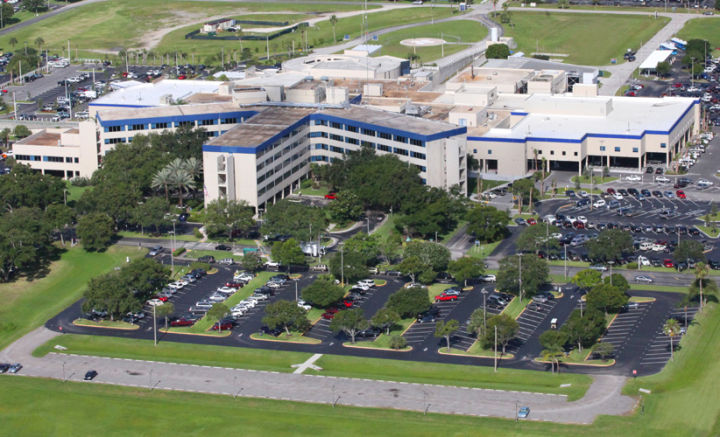
INDIAN RIVER COUNTY — Hit with escalating, unexpected bills from Indian River Medical Center, the seven elected Hospital District trustees who direct property tax dollars to reimburse the hospital for indigent care will begin exploring this week whether to keep paying increasing bills or find ways to reduce them.
For fiscal year 2014, the amount needed for the District to reimburse the hospital was budgeted at $8 million but could go as high as $9 million.
Hospital records show that in the first four months of fiscal year 2014, the hospital treated 2,551 indigent patients – 766 more than anticipated.
That helps explain why the hospital bill to the District was $386,000 beyond what was budgeted – a bill that will escalate as the year goes on, and is likely to increase further in 2015.
While the Hospital District has said it will pay the bill and the cost overruns for 2014, District trustees are beginning to take a long, hard look at what to do for 2015.
Their options – to be discussed at their next meeting – include:
Asking for a property tax hike that is large enough to cover continuing overages.
Cutting back on the reimbursement amount the District gives to the hospital under the Indigent Care Agreement, which the District can renegotiate. That amount is currently figured at a rate much higher than the Medicaid reimbursement rate.
Providing funding for other county nonprofits like the We Care program, which provides pro bono specialty physicians to indigent patients, as well as increasing funding for the health department and the Gifford Clinic so these nonprofits can serve more indigent primary care patients and keep them out of the more expensive hospital Emergency Department.
*Seeking to have hospital-run primary care services placed closer to the hospital’s Emergency Department.
A letter from hospital CEO Jeff Susi last week to Hospital District chairman Tom Spackman, which was marked by a more conciliatory tone than recent hospital communications, favored the approach of moving hospital-run primary care services closer to the hospital Emergency Department.
Susi wrote Spackman that the hospital would “welcome the opportunity to collaborate with the Indian River County Hospital District to determine how we together can provide care and treatment to the indigent sick population at more appropriate sites of service than the Medical Center’s costly Emergency Department.”
Susi subsequently told sister publication Vero Beach 32963 that the hospital welcomed the “new opportunity to plan with the District.”
The hospital, according to the CEO, is moving to hire a crisis communications firm to communicate better with the Hospital District and the community, including through the media.
“We want to open doors,” said Susi.
Currently, the hospital has two primary care walk-in centers, one at Pointe West and one in Sebastian. But because of their distance from the hospital, they are not as effective at deflecting primary care patients from the medical center’s Emergency Department as they might be.
In the past few months, District trustees have mentioned the possibility of placing walk-in primary care services – perhaps in a large mobile van – close to the Emergency Department entrance.
Currently, Sebastian River Medical Center has two walk-in centers in close proximity to hospitals – one across the street from SRMC, the other a block from IRMC.
“We definitely credit our walk-in centers with keeping primary care patients out of the emergency room. Aside from their locations, which are a great help, we do a lot of advertising and marketing to make sure people know about them,” said Sebastian River spokesperson Angela Dickens.
Whether Hospital District trustees will attempt to lessen the escalating bills from the hospital by seeking placement of primary care services closer to Indian River Medical Center is something that bears further discussion and study among District trustees.
County health department numbers show that 15,439 indigent patients were treated by the Health Department in 2013 – about 1,300 more than the year before.
This increase in indigent patients suggests that Hospital District bills from the hospital could continue increasing, and District trustees have repeatedly said they have a responsibility to taxpayers to do something about it.



